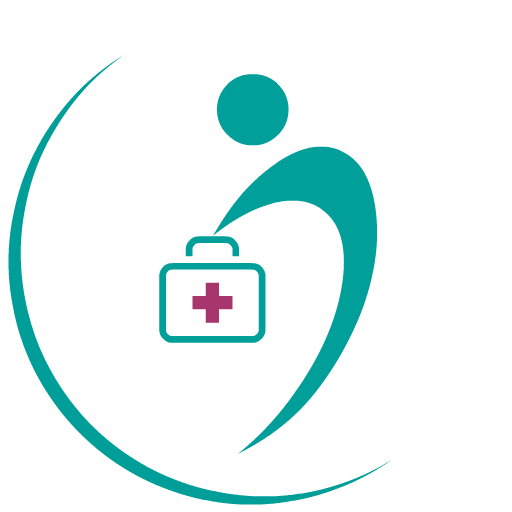In our active lives, it's common to encounter muscle strains and injuries.
Whether you're an athlete, a fitness enthusiast, or simply someone who enjoys physical activity, understanding how to prevent and treat these issues is essential.
This article will guide you through effective strategies to avoid muscle strains and provide insights into proper treatment if they do occur.
Introduction
Engaging in physical activities brings numerous benefits to our health and well-being, but it also comes with the risk of muscle strains and injuries. These injuries can range from minor discomfort to more severe issues that might require medical attention. By adopting preventive measures and knowing how to address these issues, you can continue enjoying an active lifestyle.
Understanding Muscle Strains
Muscle strains occur when muscle fibers are stretched or torn due to excessive force. They often happen during sudden movements, improper form, or overexertion. Common areas prone to strains include the back, hamstring, and quadriceps muscles.
Understanding the cause of strains is the first step toward preventing them.
Prevention Techniques
Warming Up
Properly Warming up is crucial before any physical activity. Engage in light cardiovascular exercises like jogging or jumping jacks to increase blood flow to your muscles. Follow this with dynamic stretches to enhance flexibility.
Balancing Strength and Flexibility
Maintain a balance between muscle strength and flexibility. Incorporate both resistance training and stretching exercises into your routine to prevent muscle imbalances that can lead to strains.
Gradual Progression in Exercise
Avoid pushing yourself too hard too soon. Gradually increase the intensity and duration of your workouts to give your muscles time to adapt.
Maintaining Proper Posture
Maintaining good posture during exercise reduces the risk of strains. Proper alignment minimizes the strain on muscles and joints.
Effective Treatment Methods
Rest and Ice
Immediately after a strain, it's important to rest the injured muscle. Applying ice to the affected area can help reduce inflammation and provide relief.
Compression and Elevation
Using a compression bandage can help control swelling, while elevating the injured area promotes blood flow and minimizes swelling.
Over-the-Counter Pain Relievers
Non-prescription pain relievers like ibuprofen can help manage pain and inflammation. Always follow the recommended dosage.
Physical Therapy
For more severe strains, a physical therapist can guide you through exercises that promote healing and prevent re-injury.
Nutrition's Role in Muscle Health
Protein Intake
A diet rich in protein supports muscle repair and growth. Include lean meats, fish, beans, and nuts in your meals.
Hydration Importance
Proper hydration is essential for muscle function. Drink plenty of water to maintain optimal performance and prevent cramping.
Listen to Your Body Recognizing Warning Signs
Pay attention to discomfort or pain during exercise. Pushing through pain can worsen strains.
Knowing When to Rest
Rest is a vital component of prevention and recovery. Listen to your body and give it the time it needs to heal.
Building a Strong Foundation
Regular Exercise Routine
Consistent exercise strengthens muscles and improves flexibility, reducing the likelihood of strains.
Strengthening Core Muscles
A strong core provides stability and support to the rest of your body, decreasing the risk of injuries.
Seeking Professional Help
Consulting a Physiotherapist
If you experience recurring strains, a physiotherapist can assess your movement patterns and offer personalized advice.
Expert Guidance for Recovery
Seek professional guidance during recovery to ensure you're following the right steps and avoiding potential pitfalls.
Conclusion
Engaging in physical activities offers numerous benefits, but the risk of muscle strains and injuries is always present. By following preventive techniques, staying in tune with your body, and seeking professional help when needed, you can enjoy a fulfilling and injury-free active lifestyle.
FAQs
How long does it take for a muscle strain to heal?
Recovery time varies depending on the severity of the strain. Mild strains might heal within a few days, while more severe strains can take several weeks.
Can I continue exercising with a muscle strain?
It's best to rest the injured muscle to avoid exacerbating the strain. Engaging in other non-straining activities might be possible, but consult a professional first.
Are there specific exercises to prevent muscle strains?
Exercises that focus on improving flexibility, balance, and strength can help prevent muscle strains. Incorporate dynamic stretches and resistance training into your routine.
When should I seek medical help for a muscle injury?
If the pain is severe, you can't move the injured area, or you notice unusual symptoms like numbness, it's advisable to consult a medical professional.
Is surgery necessary for muscle strains?
Surgery is typically not required for muscle strains. Most strains can be treated with rest, proper care, and sometimes physical therapy.
Blogs
Stay connected to health experts and read what they have to say via DocSmart.
Please sign up to create your own blog





